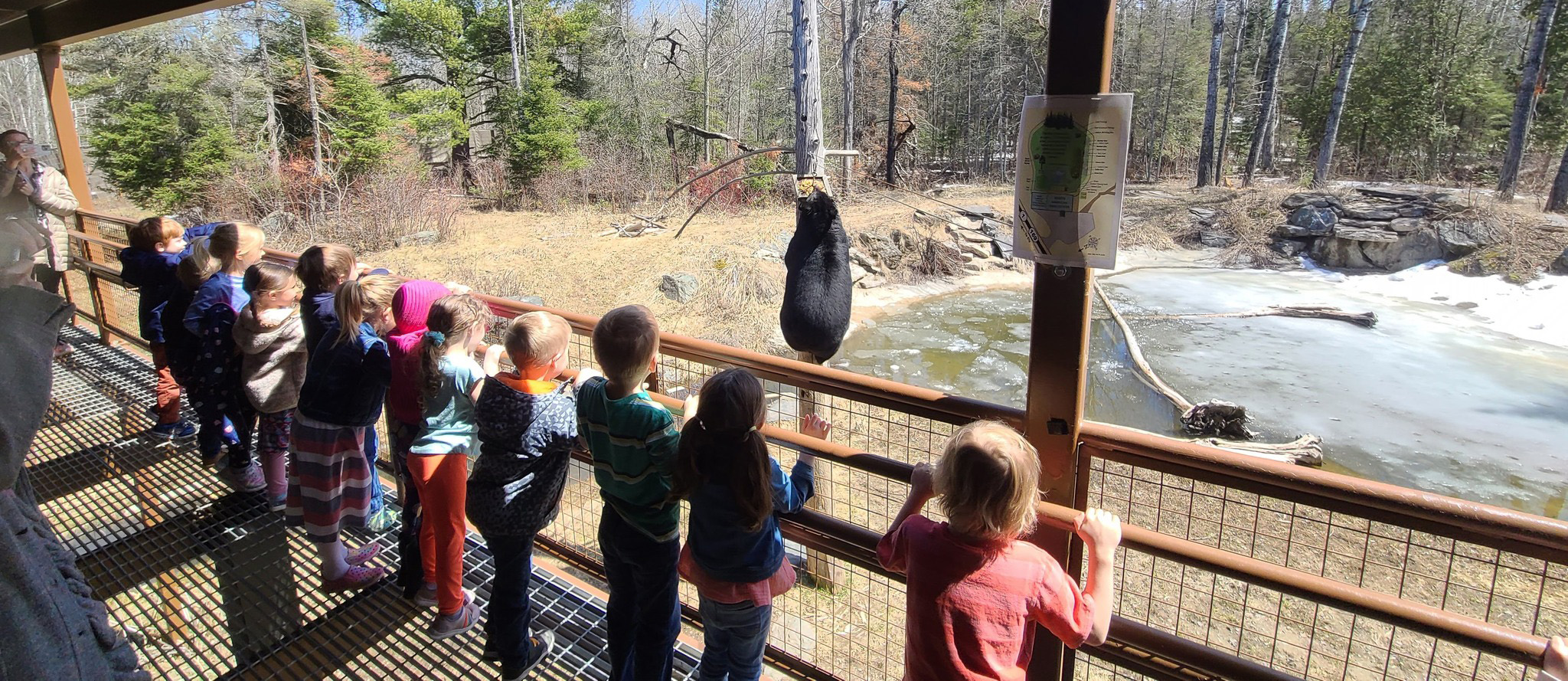

Vegetation – the Dietary Mainstay
Green vegetation and flower parts are important foods in northeastern Minnesota from spring to fall.
In April, flower parts of aspen, willow, maple, ash, and hazel are the main foods.
In May, plants, grass, and leaves appear. For 2-3 weeks high quality food is everywhere. The young vegetation is highly digestible because many of the nutrients are in a fluid form.
Important foods in May include grass (especially blue-joint grass in ash swamps), aspen leaves, large-leafed aster leaves, interrupted fern stems, peavine leaves, skunk cabbage, dandelion leaves and flowers, clover, red maple seeds, and wild calla leaves. As some of these species mature, they become fibrous and less digestible as their nutrients become incorporated into cell walls as cellulose, which is no more digestible to bears than it is to humans.
Some plants remain digestible enough to be eaten throughout the summer. Most are less preferred than berries and hazelnuts, but they can sustain bears in years when berries and hazelnuts are scarce. Important summer vegetation includes wild calla, legumes, jewelweed, and wild lettuce.
Other plants and grasses are eaten less often. The fleshy roots of coralroot orchid and water-parsnip are eaten occasionally. All parts of cattail are eaten occasionally.
We are a 501(c)(3) non-profit that relies entirely on the support of visitors, merchandise sales and people like you. We do not receive any state or federal funding.
Help support our mission.
Donate Now